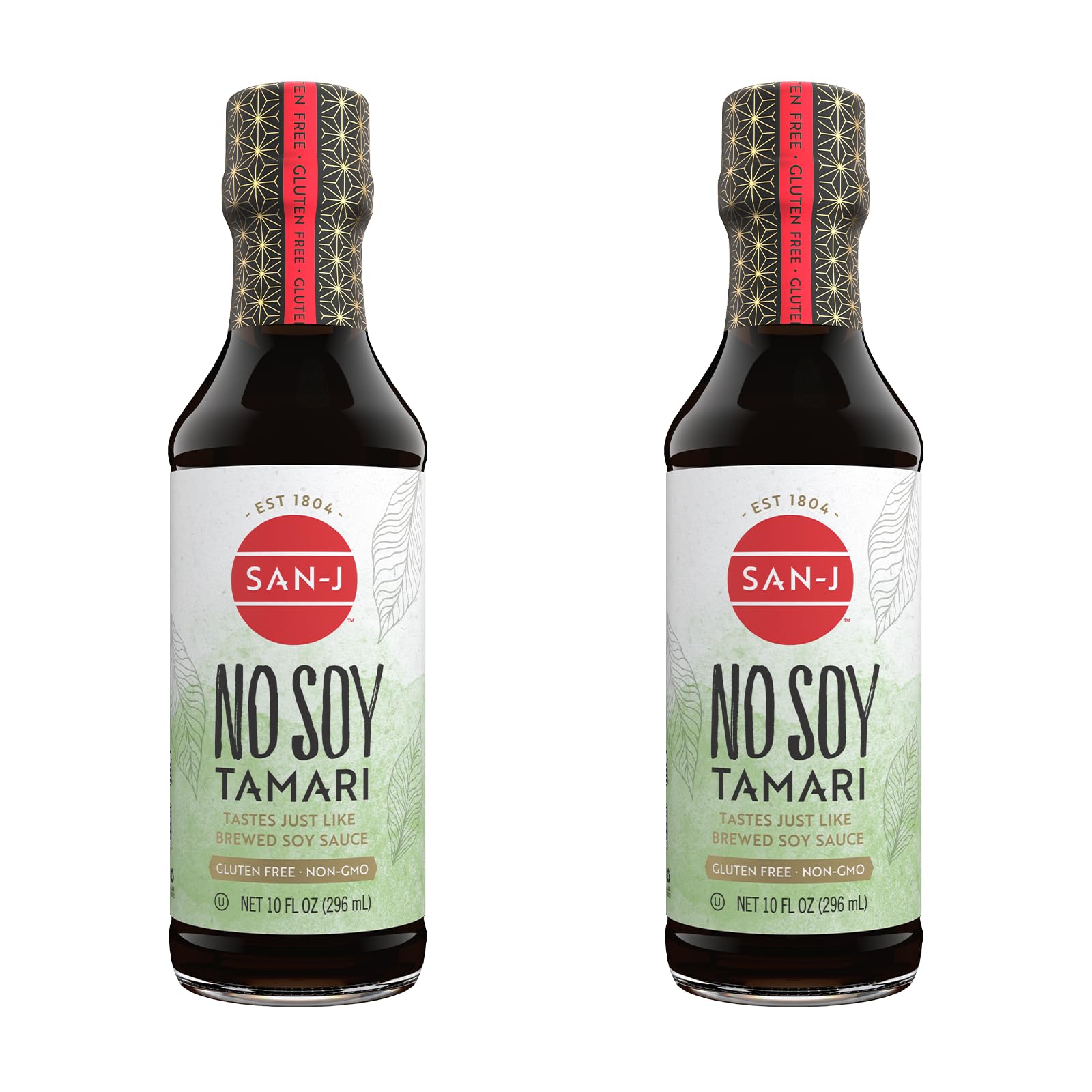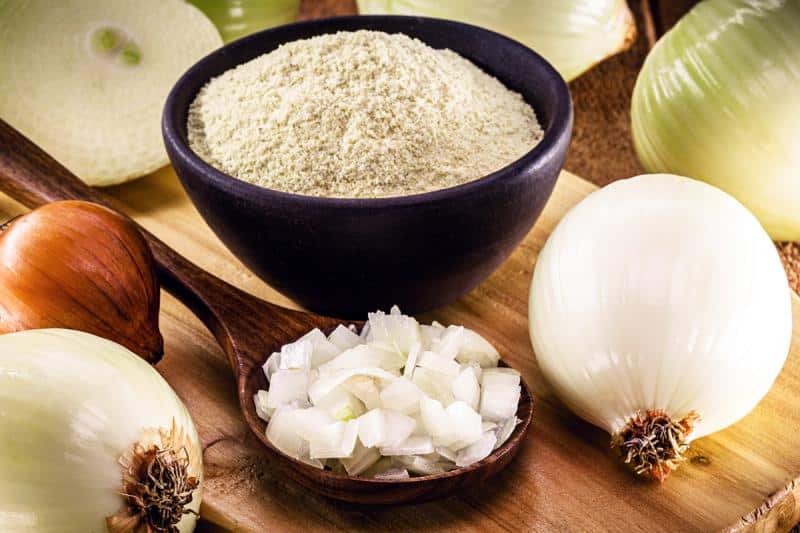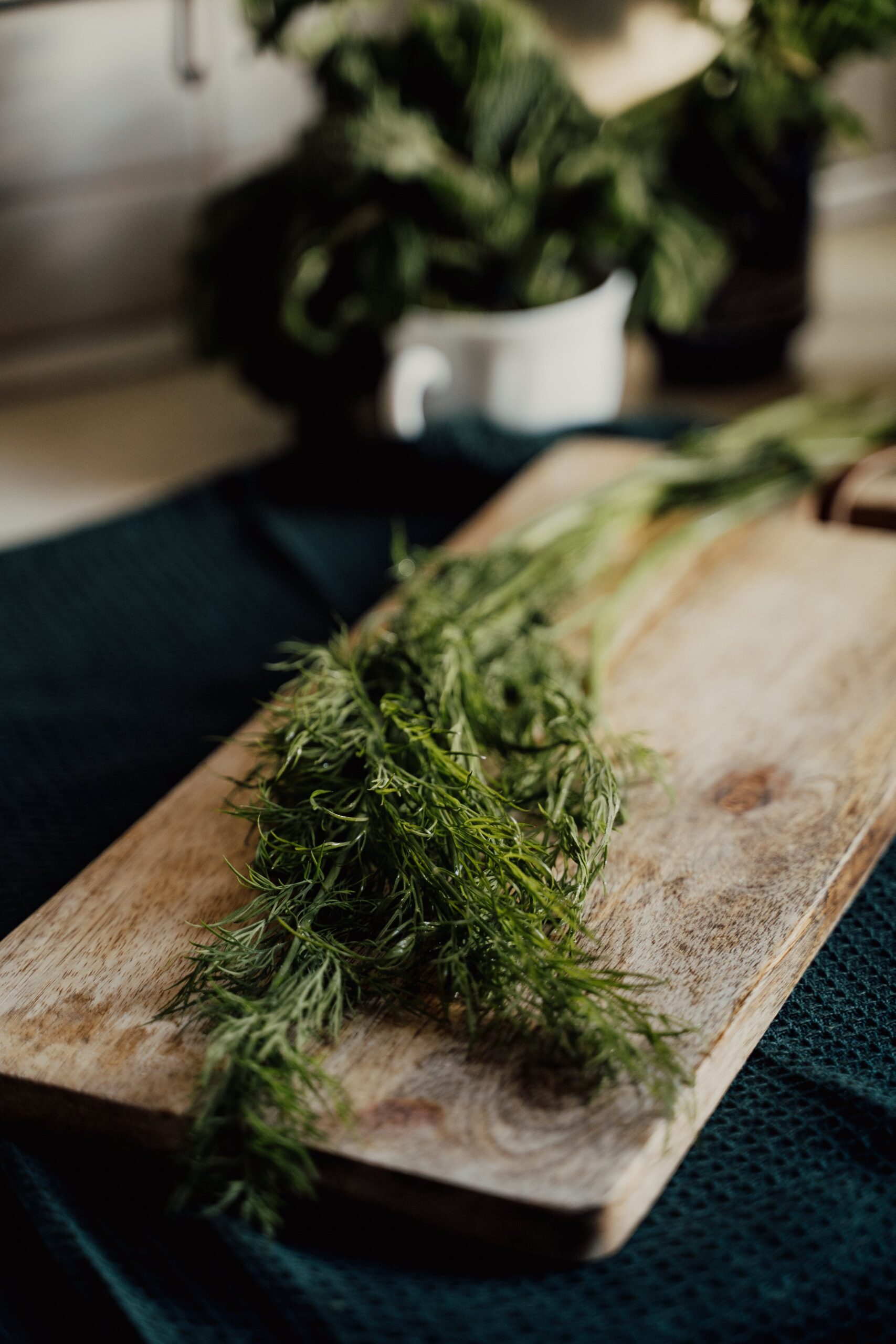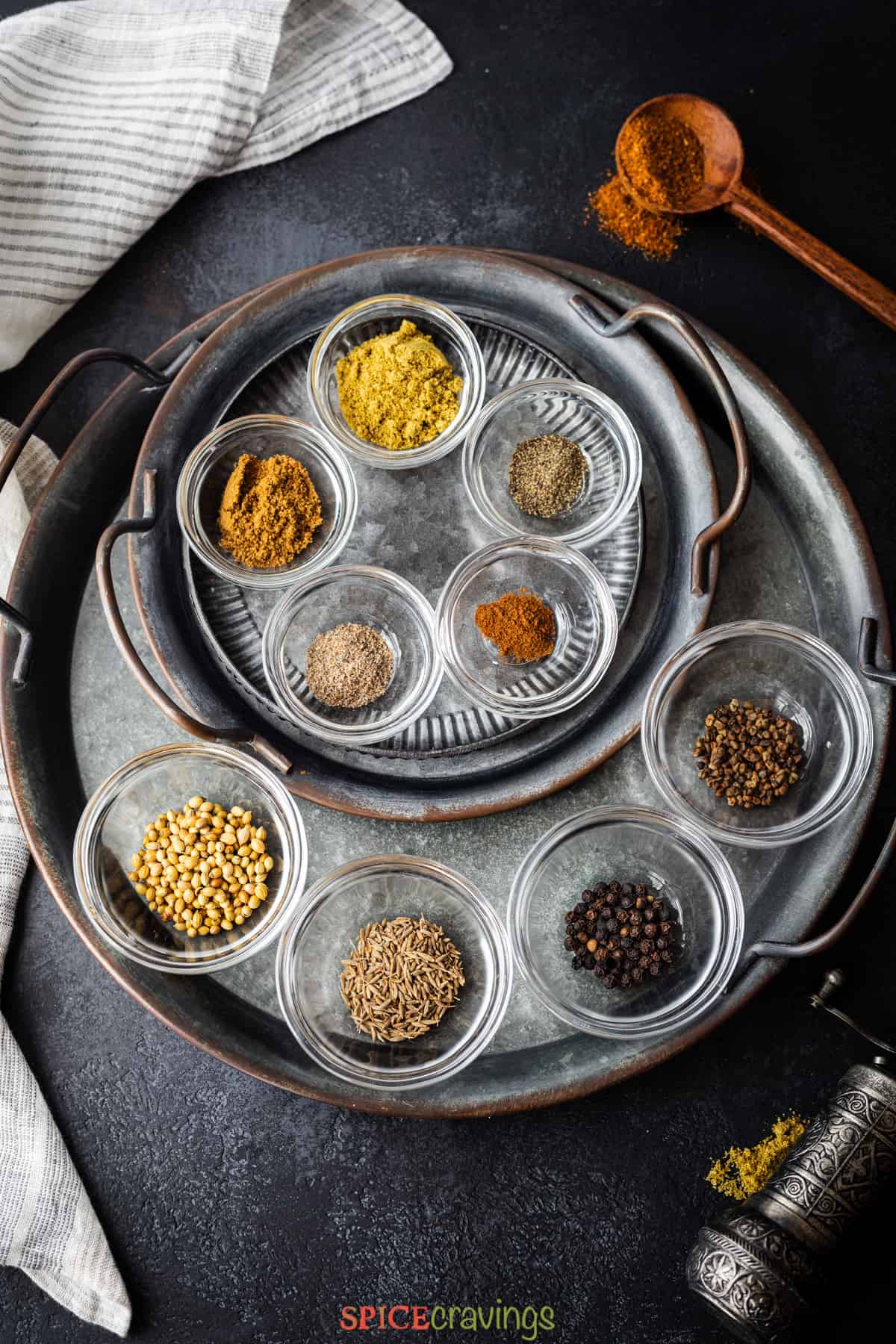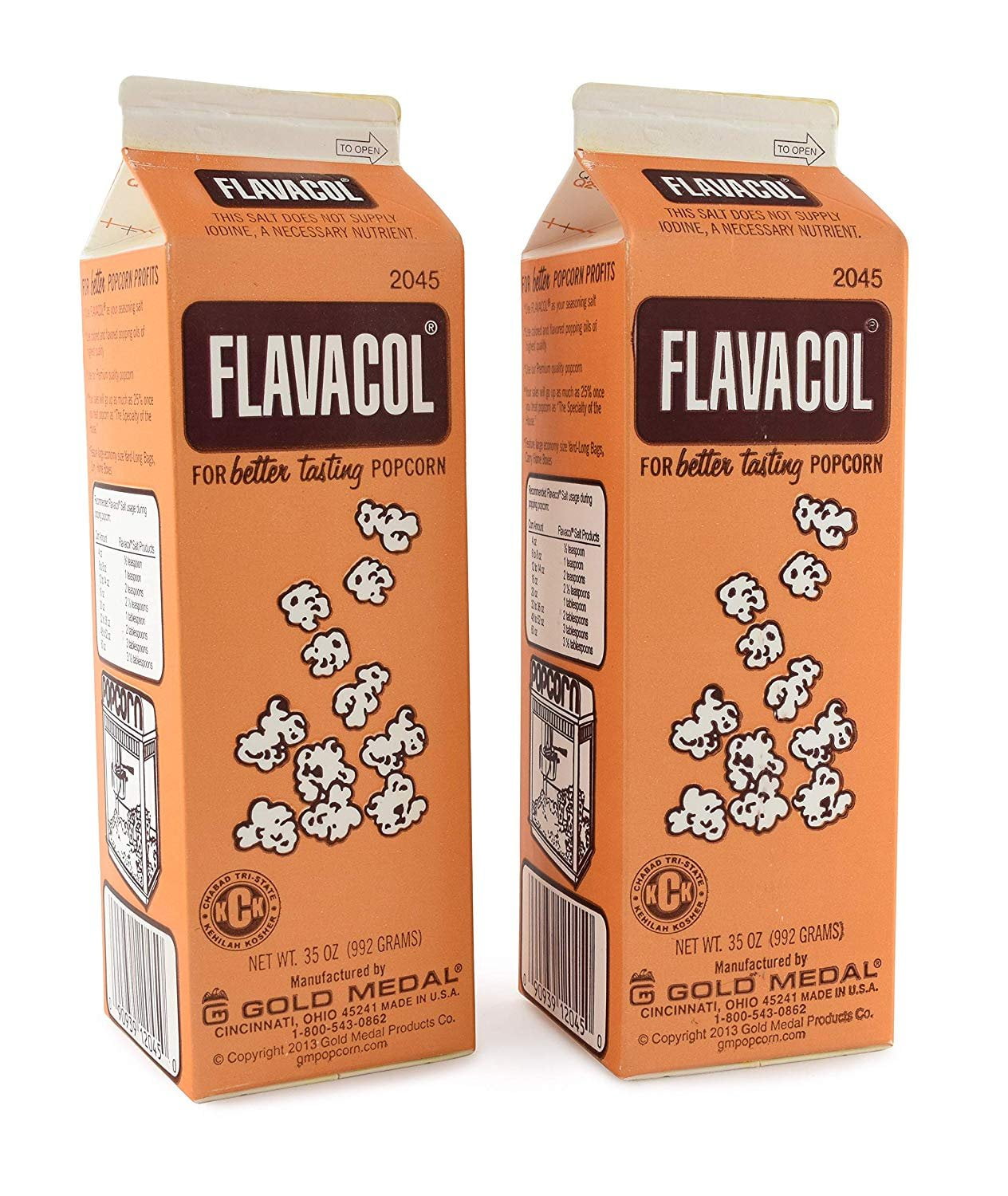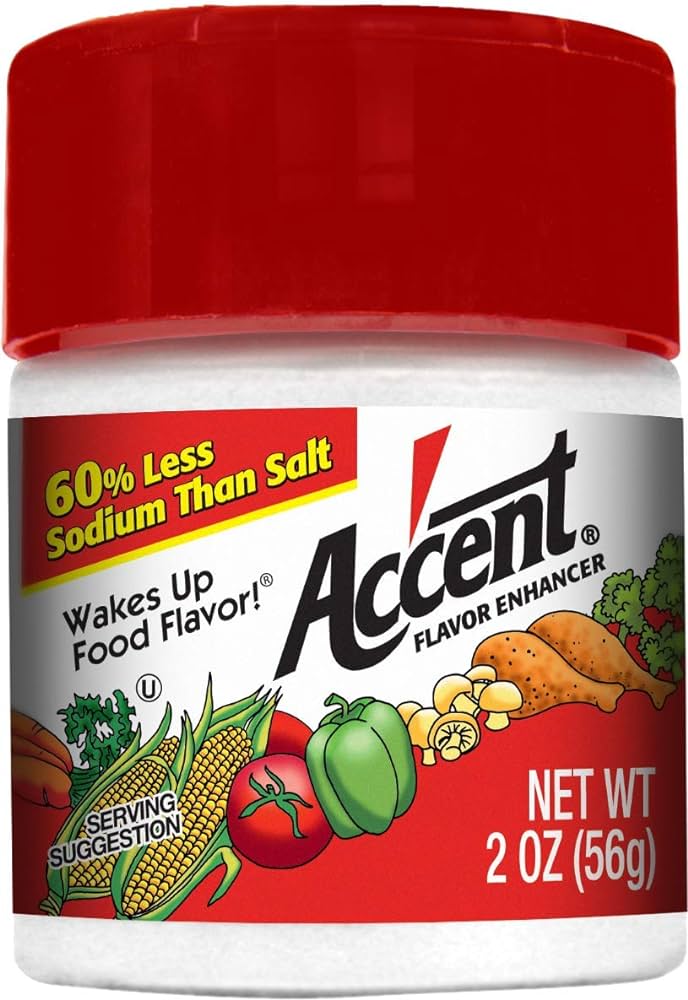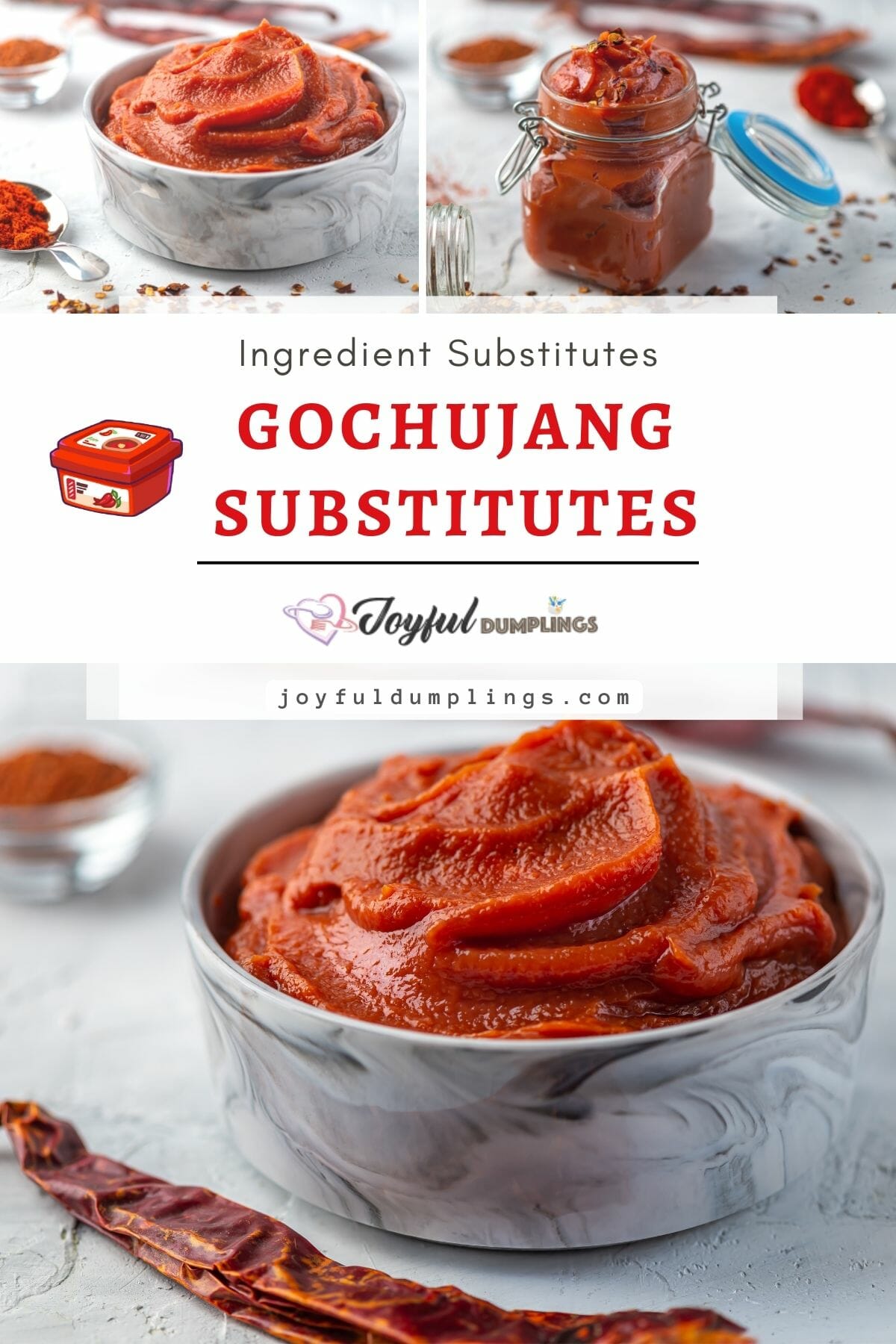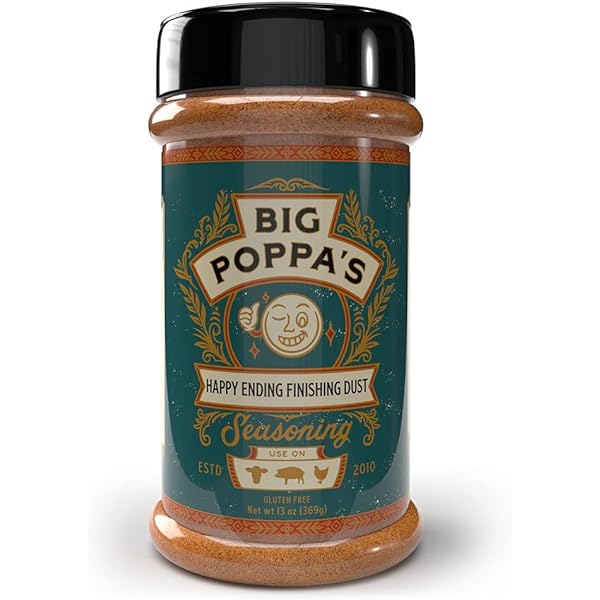1. Chipotle Powder: Made from smoking dried and crushed chili peppers, chipotle powder is spicier than liquid smoke. Use half the amount of chipotle powder compared to the amount of liquid smoke called for in a recipe.
2. Smoked Paprika: Also known as Spanish paprika, smoked paprika is made by drying peppers and smoking them with oak wood. Choose the heat level of smoked paprika according to personal preference. Use half the amount of smoked paprika compared to the amount of liquid smoke called for in a recipe.
3. Smoke Machine: Burn wood chips in a smoke machine to produce a similar smoke flavor. Use one tablespoon of smoke from the machine to replace one tablespoon of liquid smoke.
4. Smoked Salt: Regular salt can be smoked with aromatic woods such as mesquite, applewood, or oak to create smoked salt. Sprinkle smoked salt on sweet and savory dishes or add it to sauces. Use one tablespoon of smoked salt to replace one tablespoon of liquid smoke.
5. Smoked Tea: Lapsang souchong, a smoked tea made by drying and smoking Camellia Sinensis leaves on a pinewood fire, can be used in meat and vegetable-based dishes. Crush the leaves and mix them with spice blends or boil the leaves, strain the mixture, and add it to soups and stews. Use one tablespoon of smoked tea to replace one tablespoon of liquid smoke.
6. Charcoal: Burn a piece of charcoal on a stove and transfer it to a bowl once it starts smoking. Place the bowl in a container with the food and cover it with a lid to allow the food to absorb the smoky flavor. Use one charcoal piece as a substitute for one tablespoon of liquid smoke.
7. Canned Chipotle Peppers: Add a smoky aroma and taste to dishes by using canned chipotle peppers. Replace one tablespoon of liquid smoke with one tablespoon of canned chipotle pepper sauce.
8. Smoked Meats: Instead of using liquid smoke, purchase smoked meats from butchers to enjoy the smoky flavor in cooked dishes.
9. Wood Chips: Wood chips can be burned to produce smoke in different flavors such as hickory, apple, or pecan. Use half to a quarter tablespoon of wood chips to replace one tablespoon of liquid smoke.
10. Burnt or Overcooked Bread: Turn burnt or overcooked bread into a powder to create homemade liquid smoke. Two burnt bread slices can produce enough powder for a recipe.
11. Smoked Gouda: Use smoked gouda cheese as a substitute for liquid smoke in recipes that require cheese.
12. Infused Vegan Proteins and Vegetables: Look for rare vegan proteins and vegetables with distinct smoky flavors to substitute for liquid smoke in vegetarian dishes.
Note: This revised list only includes relevant substitutes for liquid smoke and removes any duplication.
Continue Reading
